What are Agitators?
An agitator is a mechanical device that helps in shaking or stirring a liquid or mixture of liquids. Agitators are widely used for multiple operations in the chemical, pharmaceutical, food, grease, metal extraction, paint, adhesive, water, and cosmetic industries.
What are agitators used for?
The main functions of using an agitator in any plant are:
- To get proper mixing of liquids.
- To promote chemical reactions inside the equipment.
- To increase heat transfer during heating or cooling
- To keep homogeneous liquid bulk during storage.
- To disperse immiscible liquids.
- To keep the product in a mixed state till used.
- To blend miscible liquids.
- To dissolve some solids into liquid.
The agitators are defined as a machine where an impeller with a rotating shaft imparts energy by mechanical means to mix various process media.
What are the Types of Agitators?
Various types of agitators are available for industrial purposes. The common type of agitators are:
- Paddle Agitators
- Anchor type agitators
- Propeller type agitators
- Blade type agitators
- Turbine type agitators
- Helical Agitators
1. Paddle Agitators: Containing paddle-shaped blades, these agitators are the most basic types of agitators. Their capability is limited and used mainly for laminar flow fluids requiring little shearing. They are adjustable and contain an equal number of forwarding and reversing paddles to move ingredients from one end of the vessel to the other.
A modified version of paddle agitators is Sawtooth Paddle Agitators. The forward puddles of such agitators contain notches or saw teeth.
2. Anchor Agitators: For mixing highly viscous and non-Newtonian fluids, anchor agitators are widely used. Their name indicates the impeller shape that resembles an anchor. They are normally mounted in tanks and vessels with conical or rounded bottoms.
3. Propeller Agitators: For low-viscosity products, Propeller agitators are highly suitable. Functions like homogenization, suspension, and dispersion are easily achieved using propeller-type agitators operating at medium to high speeds. These axial flow agitators are ideal for solid-in-liquid suspensions as they prevent the deposition of solid particles.
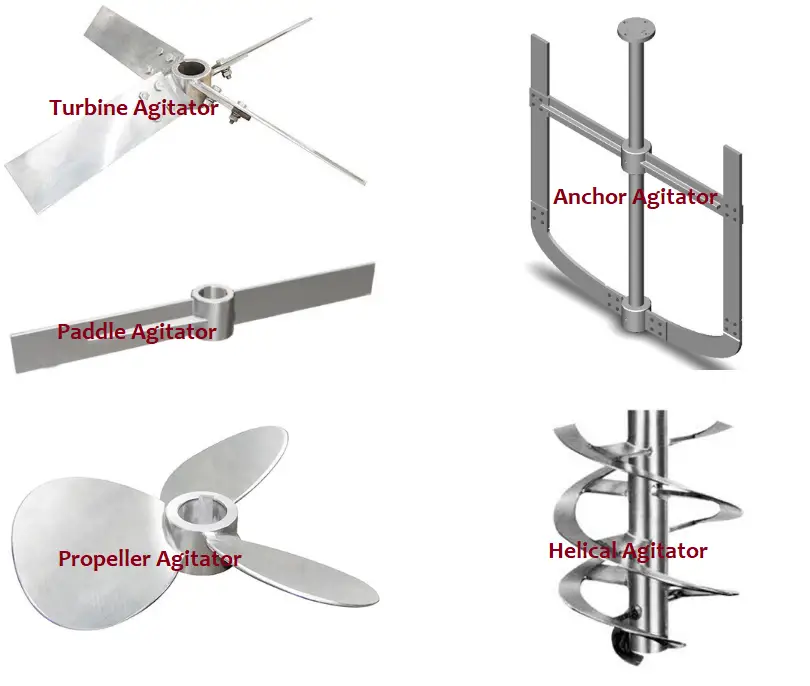
4. Blade Type Agitators: These are suitable for low and medium-viscosity fluids. Blade-type agitators are axial type.
5. Turbine Agitators: For emulsification and dispersion of fluids at very high speed, Turbine agitators are used widely. Turbine Agitators are characterized by highly effective mixing capability across a broad viscosity range. Turbine agitators have an axial input and radial output. They combine rotation and centrifugal motion during work.
6. Helical Agitators: As the blades are arranged in a structure of a helix, they are known as helical agitators. Appearing like a threaded screw, helical agitators are axial flow agitators that provide vigorous motion within the vessel or tank. This type of agitator is widely used in polymer industries.
The following table provides the main applications, advantages, and disadvantages of various types of agitators.
| Type of Agitator | Applications | Advantages | Disadvantages |
| Paddle Agitator | Mixing of Solids, Slurry Mixing, Used during the Crystals forming phase during Supersaturated Cooling | Heavy-duty, Slow Operation, 2 to 4 blades. | High power consumption, Inefficient mixing. |
| Turbine Agitator | Liquids and gas reactions are widely used for reaction and extraction operations. | High radial flow, good for dispersion operation. | Not preferred for highly viscous solvents |
| Anchor Agitators | Widely used in the pharma industry. | High heat transfer rate. | High power and high-efficiency gearbox requirement. |
| Propeller Agitators | Can handle corrosive materials with a glass lining. | Increase homogeneity. Can be used for drying and pressing. | High-speed requirement. |
| Helical Blade | The Paint Industry. | Can efficiently handle visco-elastic liquids. | Low possibility for radial Mixing. |
Components of an Agitator
An agitator is usually composed of three main components. they are:
- A shaft with an impeller and impeller blades
- A mechanical seal and
- A motor with a gearbox option for speed control.
The shaft of the agitator is connected to the motor and gearbox and the impeller rotates to perform mixing. The number of impellers depends on the height of the liquid inside the vessel or tank. Each impeller usually has 2 to 6 blades. Magnetic-driven agitators are also available where a hermetic seal is used in place of a mechanical seal. Fig. 2 below shows typical components of an agitator (Reference: Wikipedia)
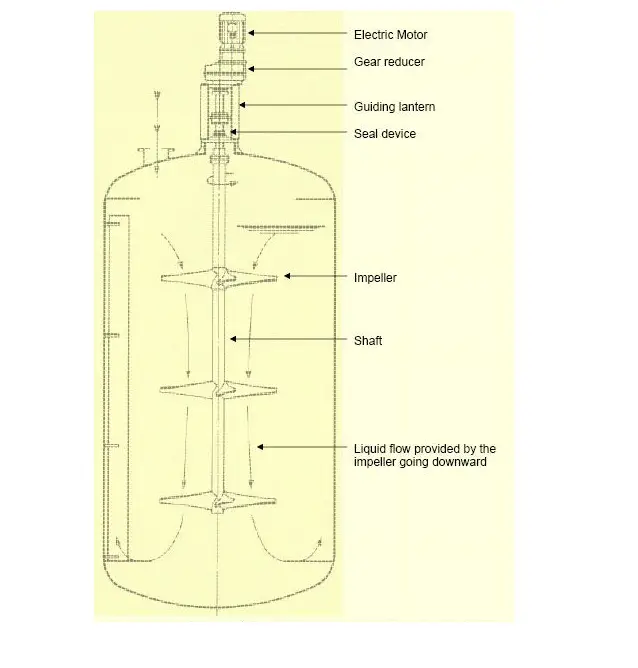
The impellers used in agitators can be of various types like:
- Standard or Wide blade Hydrofoils
- Straight blade or Pitched blade turbines.
- Retreat curved impellers.
- Gas dispersion impellers.
- Rushton turbine impellers
- Sawtooth disk impellers, etc
Selection Criteria of Industrial Agitators
The selection of agitators for a particular application depends on various factors like:
- The phase to be mixed (single-phase or multiphase).
- The viscosity of the bulk.
- Exact function required (blending, dissolving, dispersion, heat exchange, chemical reaction, crystallization, emulsification, suspension, etc).
- The mixing cycle (batch size, the time required for agitation, material addition sequence, etc)
- Properties of the materials to be mixed.
- Initial ingredient and final product viscosities.
- Solubility of solids and concentration used.
- Desired process outcomes.
- Corrosive or flammable properties.
Number of Agitators
There could be more than one agitator connected to the shaft. The number of agitators and the Gap between the two agitators can be found in the following equation:
Number of Agitators=(Maximum liquid height X Specific gravity)/Diameter of the Vessel.
The gap between two Agitators=Liquid Height/(Number of Impellers-0.5).
Data required for the design of an Agitator
The following data are required for the industrial design of an agitator:
- Purpose/Function of agitation.
- Mixing cycle.
- Foaming tendency
- Individual physical characters and their quantities of the materials to be mixed.
- Tank/Vessel/Reactor dimensions preferably with a sketch.
- Duty hours.
- Electrical duties
- Material of Construction
Applications of Industrial Agitators
Industrial agitators are used in various applications like
- Mixing in tank
- Viscous products and non-newtonian liquids
- Clean and lightly contaminated liquids,
- Fibrous and Non-fibrous slurries
- Liquids with high gas or solid content


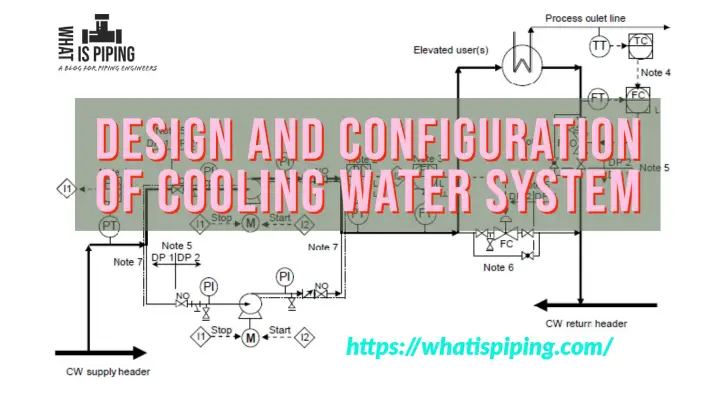
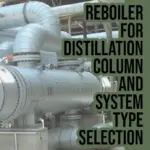
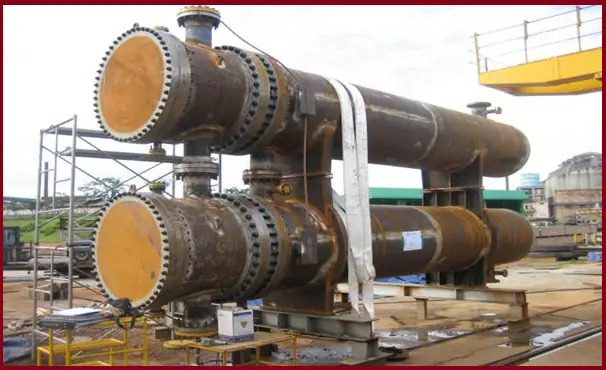
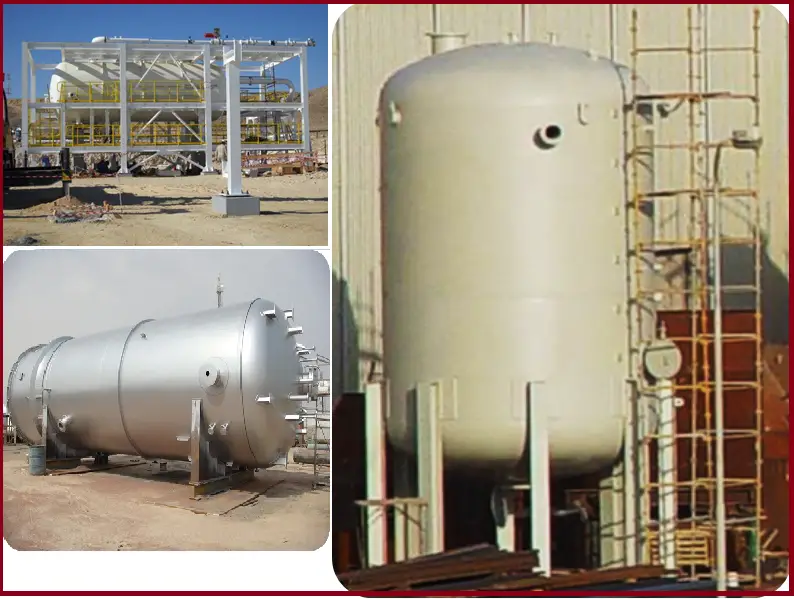
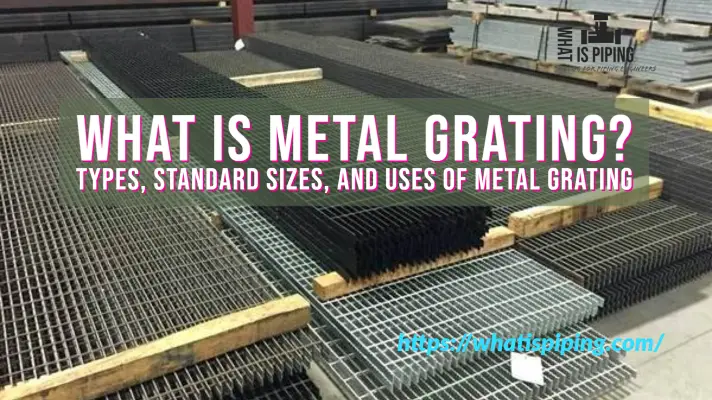

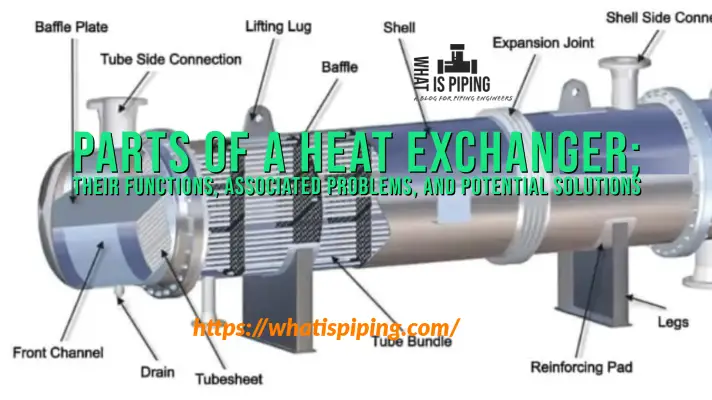
Sería muy interesante comentar sobre los mezcladores en línea y los mezcladores tipo Jet en los tanques
What is difference between mixer and agitator?
a mixer mixes and an agitator agitates
Thank you for sharing this Important Information. I am a chemical Engineer
Hi, article is very useful. thanks for your contribution in creating awareness to the beginners.
I want to know the meaning of sweep dia of agitator.
Its Ratio Of Agitator diameter to Tank inside diameter
This quite helpful. I am working on paint mixing system for my final year project, and this is the missing piece. Amazing work sir.
Hello this is Anup Madkaikar.
For PN (Preneutraliser) tank in NPK fertiliser plant, we are planning to replace our agitator shaft. Existing shaft has flanged joint in between. Total length of shaft is 6 metres. It is solid shaft.
It is used to agitate slurry mixture of phosphoric acid, sulphuric acid and ammonia.
Can you please suggest me whether to replace this shaft with a single shaft of 6 metres or replace with flanged joint in between.
Hi sir,
I want to know what is important point in B31. 3 pipe standard.
pipe standard application duering 3d model.
sir, i need to this all poki for increasing knowledgre
I am using an anchor impeller to mix wheat draw and water but I am really confused how to calculate my my speed and power as there are many constants missing in regards to the anchor impeller also it doesn’t have any baffles.Furthermore this is my reactor choice an agitator for a steam explosion pretreatment do you think this is a suitable choice.
Hello
I hope this message finds you in good health. I would like to contact you because I would need your expertise for a specific aspect of my end-of-study project relating to the optimization of the stirring system for an acrylic emulsion in a stirred tank.
My project involves the manipulation of an acrylic emulsion whose density varies between 1.0189 and 1.0292, with a viscosity of approximately 20000 cP. The tank used has a diameter of 208 cm, with a height of fluid equivalent to the diameter of the tank. The stirring device consists of a turbine with two straight blades, having a width of 10 cm and a diameter of 200 cm.
My main challenge lies in determining the optimal number of impellers to attach to the shaft, given the high viscosity of the fluid. The rotation speed of the shaft is 35 rpm.
I am therefore seeking your expertise to help me resolve this issue. I would like to know how I can calculate the number of impellers needed to ensure efficient stirring of the acrylic emulsion, taking into account its viscosity and the characteristics of the tank and impellers.
If you have the time to assist me, I would be extremely grateful for your insightful advice. Your experience and knowledge in this area would be of great help to the success of my project.
I thank you in advance for your attention and support. I remain at your disposal for any additional information you may require.